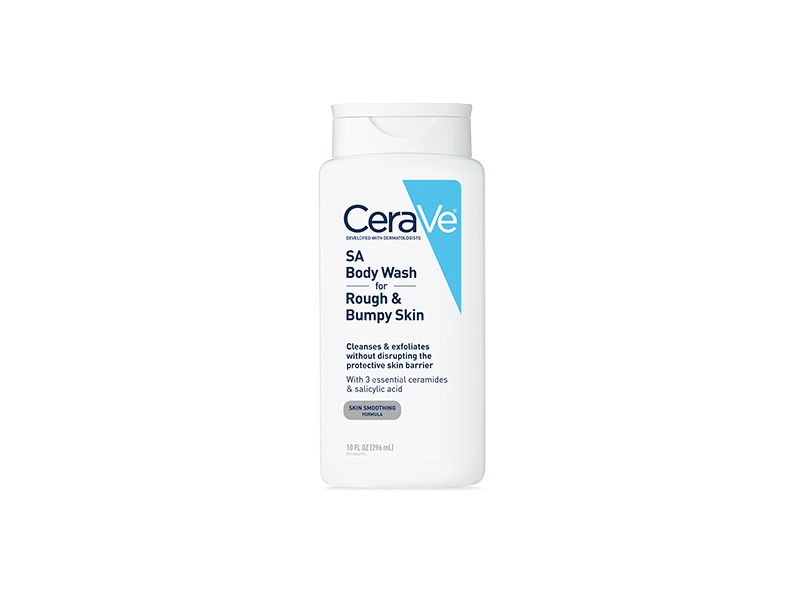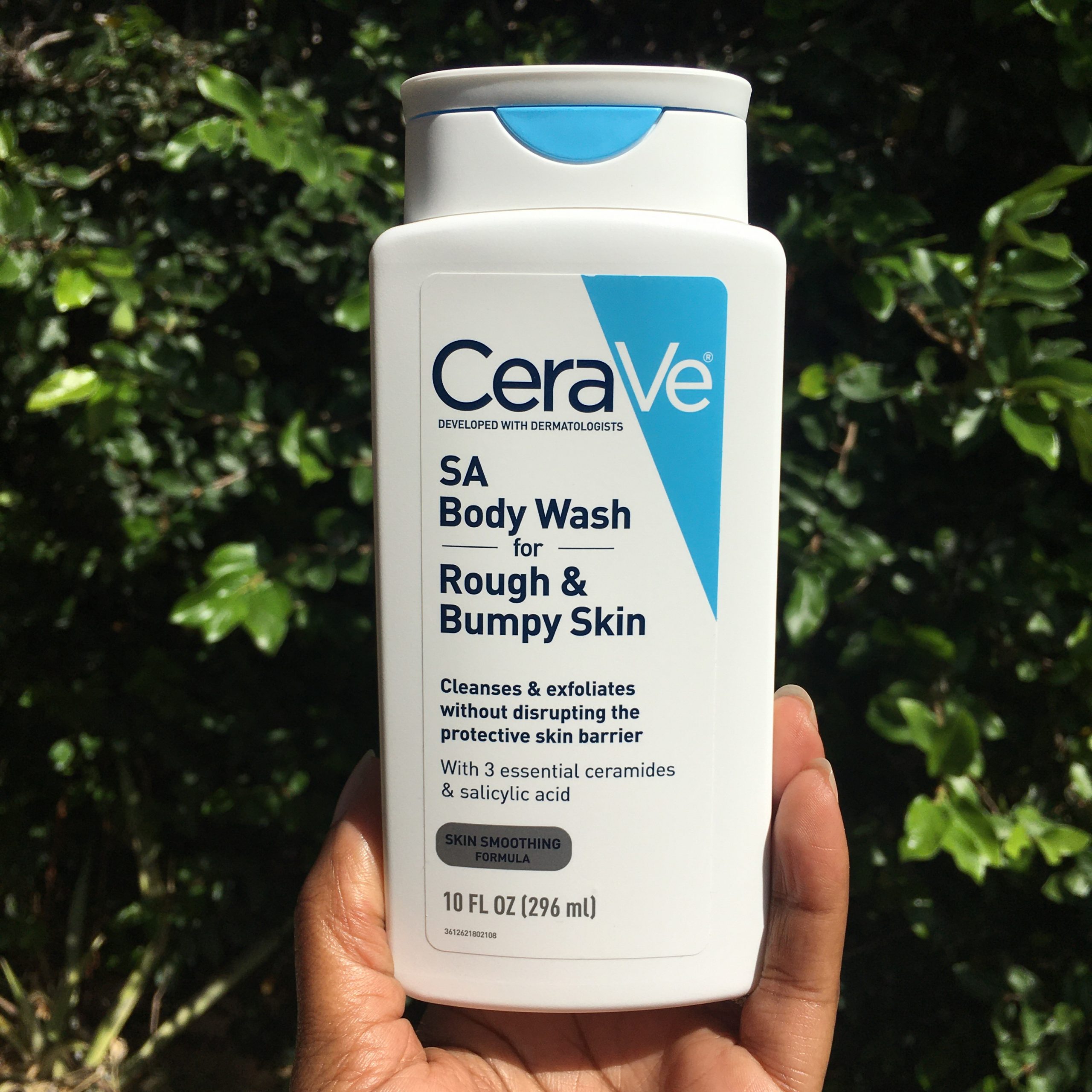Workout Sets – When it comes to designing an effective workout routine, understanding the concept of “sets” is crucial. A set refers to a group of consecutive repetitions (reps) of a particular exercise performed without rest.
The number of sets you incorporate into your workout can significantly impact your training outcomes, whether your goal is to build strength, increase muscle mass, improve endurance, or enhance overall fitness.
What Are Workout Sets?
Workout Sets – A set is a collection of repetitions (reps) performed consecutively without rest. For instance, if you perform 10 push-ups in a row, rest, and then do another 10, you’ve completed 2 sets of 10 reps each.
Understanding how to structure your sets is essential for achieving specific fitness goals. The number of sets you perform, along with the repetitions and rest intervals, can influence the effectiveness of your workout.
How Many Sets Should You Perform?
Your fitness goals will determine the ideal number of sets. This is a summary based on shared objectives:
- Strength Training Sets: three to a total of five
- 2. 3–6 reps per set
- Rest for two to five minutes.
- 85–95% of your one-rep maximum (1RM) is the intensity.
Concentrate on performing heavy compound exercises such as bench presses, deadlifts, and squats. Strength improvements are encouraged by longer rest intervals, which enable maximum effort in each set.
- Muscle Growth (Hypertrophy) Sets: 3–6
- 6–12 reps per set
- 30 to 90 seconds of rest
- 65 to 85% of your 1RM is the intensity.
Because it strikes a balance between adequate volume and intensity, this range is beneficial for muscle building. To work on various muscle groups, mix complex and isolation workouts.
- Muscular Endurance
- Sets: 2–4
- Reps per set: 12–20+
- Rest: 30–60 seconds
- Intensity: 50–70% of your 1RM
Higher repetitions with lighter weights enhance the muscle’s ability to sustain prolonged exertion, beneficial for activities like running or cycling.
- Fat Loss and Conditioning
- Sets: 3–5
- Reps per set: 8–15
- Rest: 15–45 seconds
- Format: Often circuit-style or paired movements
Shorter rest periods and higher reps keep the heart rate elevated, promoting calorie burn and fat loss. Incorporate exercises that engage multiple muscle groups for maximum efficiency.
Structuring Your Workout Routine
Workout Sets – A well-structured workout routine balances various exercises targeting different muscle groups. Here’s an example of a weekly split:
Day Focus Area Sample Exercises
Monday Upper Body Push Bench Press, Shoulder Press, Tricep Dips
Tuesday: Lower Body Squats, Lunges, Leg Press
Wednesday Active Recovery: Light cardio, Stretching, and Mobility work
Thursday Upper Body Pull: Pull-Ups, Rows, Bicep Curls
Friday Full Body Circuit: Deadlifts, Push-Ups, Plank
Saturday Core & Conditioning: Russian Twists, Mountain Climbers
Sunday Rest or Active Recovery Yoga, Walking, Foam Rolling
Adjust the number of sets and reps based on your specific goals for each day. For instance, on strength-focused days, you might perform 4–5 sets of 3–6 reps, while on endurance days, you could aim for 2–3 sets of 12–20 reps.
The Value of Increasing Overload
Increasing the stress on your muscles gradually is crucial if you want to keep improving. This idea, referred to as progressive overload, includes:
Lifting more weight
Including extra repetitions or sets
Cutting down on rest periods in between sets
By using progressive loading, you may be sure that your muscles will eventually adapt and get stronger. For instance, think about adding an extra set or raising the weight in your next workout if you can comfortably perform three sets of ten reps at a particular weight.
Example Exercise Program
Here is an example exercise program that emphasizes strength and hypertrophy to show how to put these ideas into practice:
Day 1: Pushing the upper body
Bench Press: 6 repetitions in 4 sets
Shoulder press dumbbells: 3 sets of 8 repetitions
Dips for the triceps: 3 sets of 10 reps
Day 2: The lower body
Squats: five reps in four sets
Leg Press: 8 repetitions in 3 sets
3 sets of 12 repetitions for calf raises
Day 3: Proactive Recuperation
30 minutes of light exercise, such as cycling or walking
15 minutes for mobility and stretching exercises
Day 4: Pulling the Upper Body
Pull-ups: six reps in four sets
Barbell 3 sets of 8 repetitions for rows
Three sets of ten reps for bicep curls
Day 5: Complete Circuit
Three sets of five repetitions for deadlifts
Three sets of ten push-ups
Three sets of planks, held for 30 seconds
Day 6: Conditioning & Core
Three sets of fifteen reps of Russian twists
Mountain Climbers: three sets of twenty repetitions
3 sets of 15 repetitions of bicycle crunches
Day 7: Active Recovery or Rest
20 to 30 minutes for foam rolling or yoga
Adapt the number of sets and reps to your goals and degree of fitness. To avoid injury, always put good form and technique first.
Concluding remarks
Workout Sets – To get the outcomes you want, it’s critical to comprehend and plan your workouts based on your fitness objectives.
Customizing your sets, repetitions, and rest intervals can have a big impact on your fitness goals, whether they are to develop muscle mass, strength, endurance, or general fitness.
Any good workout regimen must also include consistency, a healthy diet, and enough sleep. Stay dedicated to your fitness quest, pay attention to your body, and adjust as necessary.







